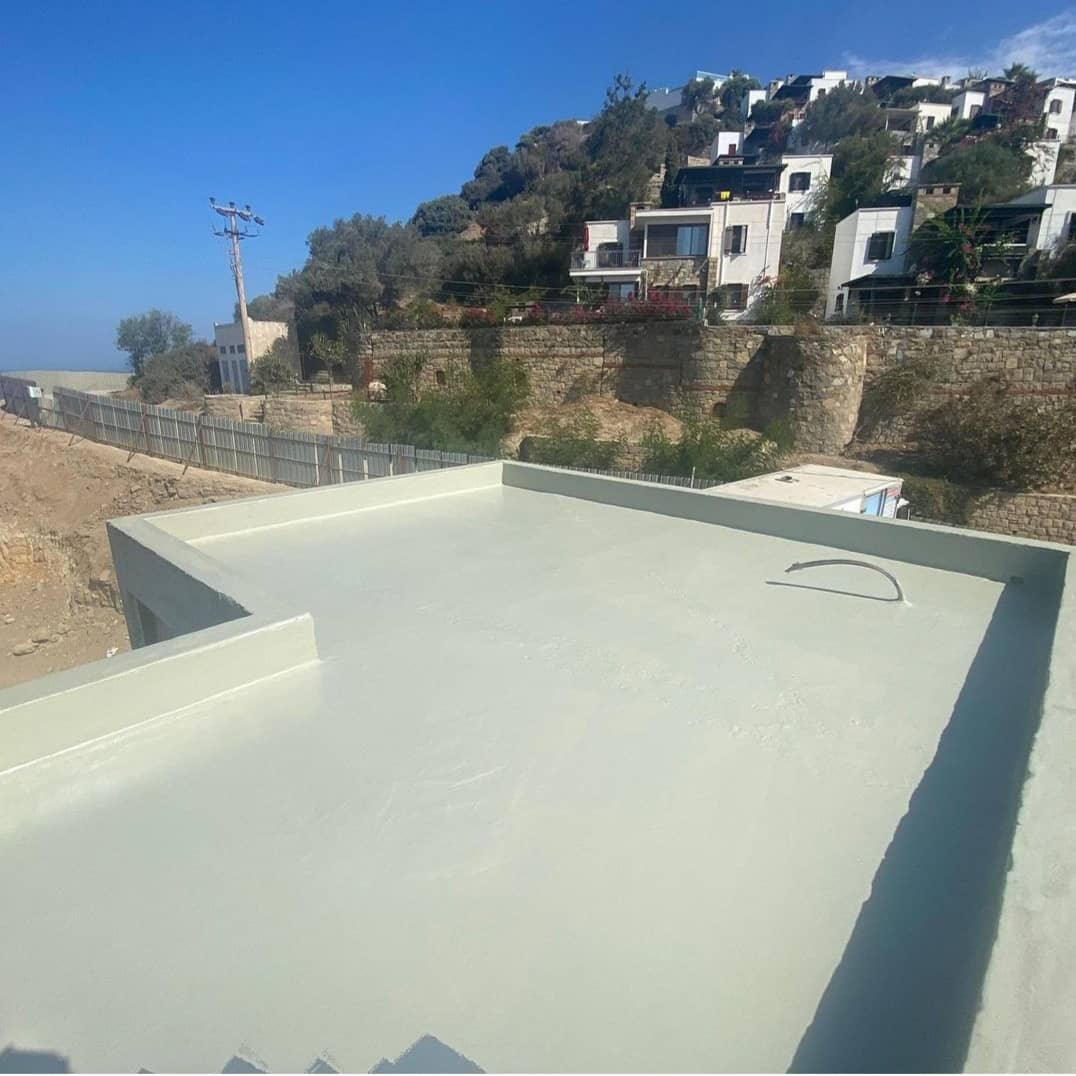Flat Roof Waterproofing
Flat roof waterproofing is crucial for protecting flat or low-slope roofs from water intrusion, which can lead to structural damage, leaks, and costly repairs. Proper waterproofing ensures the longevity and performance of the roof, making it essential for residential and commercial buildings.
Importance
- Prevent Water Accumulation: Flat roofs are susceptible to water pooling, which can lead to leaks and structural damage. Effective waterproofing prevents this accumulation.
- Extend Roof Lifespan: A waterproofed flat roof can significantly increase its lifespan by protecting against environmental elements.
- Energy Efficiency: Good waterproofing systems can improve insulation and energy efficiency, reducing heating and cooling costs.
Common Waterproofing Techniques
- Built-Up Roofing (BUR): This traditional method involves multiple layers of roofing felt and asphalt, creating a robust and durable waterproof membrane.
- Modified Bitumen: This system uses asphalt sheets with modifiers, enhancing flexibility and UV resistance. It can be installed using heat or adhesives.
- Single-Ply Membranes: Lightweight and flexible, these membranes (e.g., TPO, PVC, EPDM) are easy to install and provide excellent waterproofing capabilities.
- Liquid-Applied Coatings: These coatings are applied as a liquid, forming a seamless waterproof membrane. They are ideal for complex shapes and details.
Surface Preparation
- Cleaning: The surface must be clean and free of debris, dirt, and previous roofing materials to ensure proper adhesion.
- Repairs: Any existing damage, such as cracks or holes, should be repaired before waterproofing.
- Drying: Ensure the roof surface is dry to facilitate effective bonding of the waterproofing material.
Maintenance
- Regular Inspections: Periodically check for signs of damage, such as blisters, cracks, or pooling water, and address them promptly.
- Cleaning Gutters and Drains: Keep gutters and drainage systems clear to prevent water backup on the roof.
- Immediate Repairs: Attend to any leaks or damage as soon as they are detected to avoid extensive repairs later.




